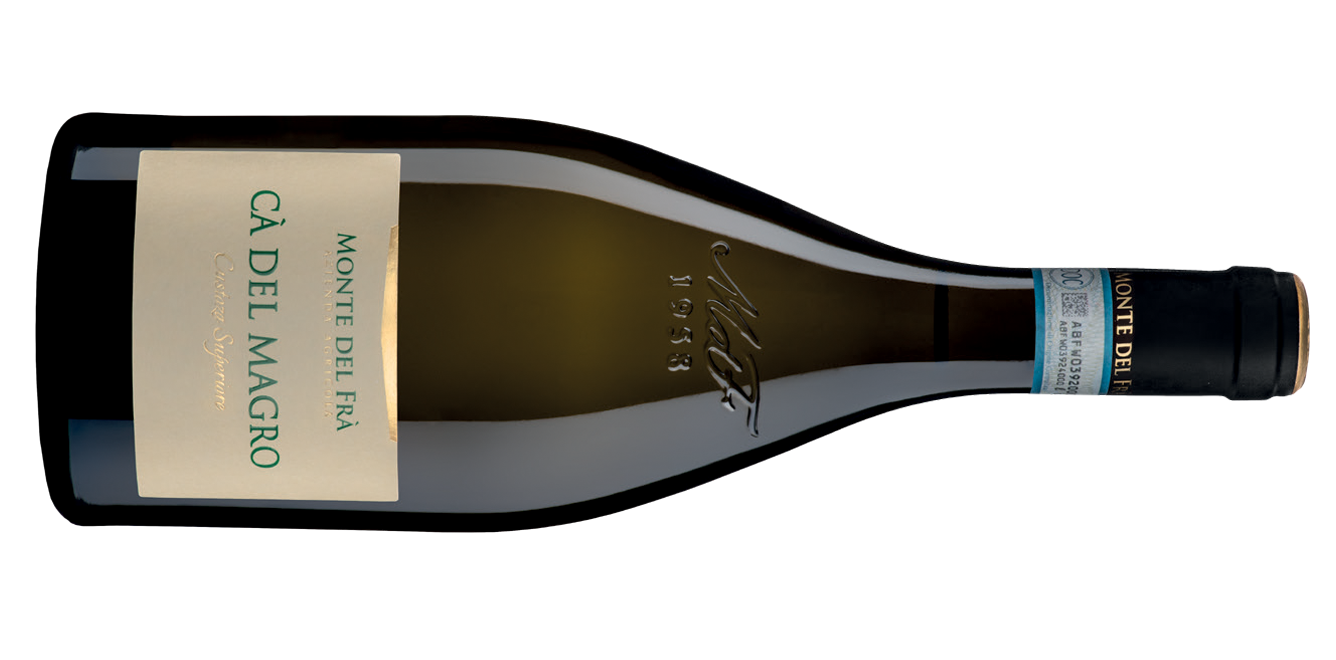This website uses cookies so that we can provide you with the best user experience possible. Cookie information is stored in your browser and performs functions such as recognising you when you return to our website and helping our team to understand which sections of the website you find most interesting and useful.
Spotlight: Consorzio Custoza
In our latest db spotlight series shining a light on some of the finest wineries around the world, here we explore the long history and sustainable values of Consorzio Custoza in Italy.
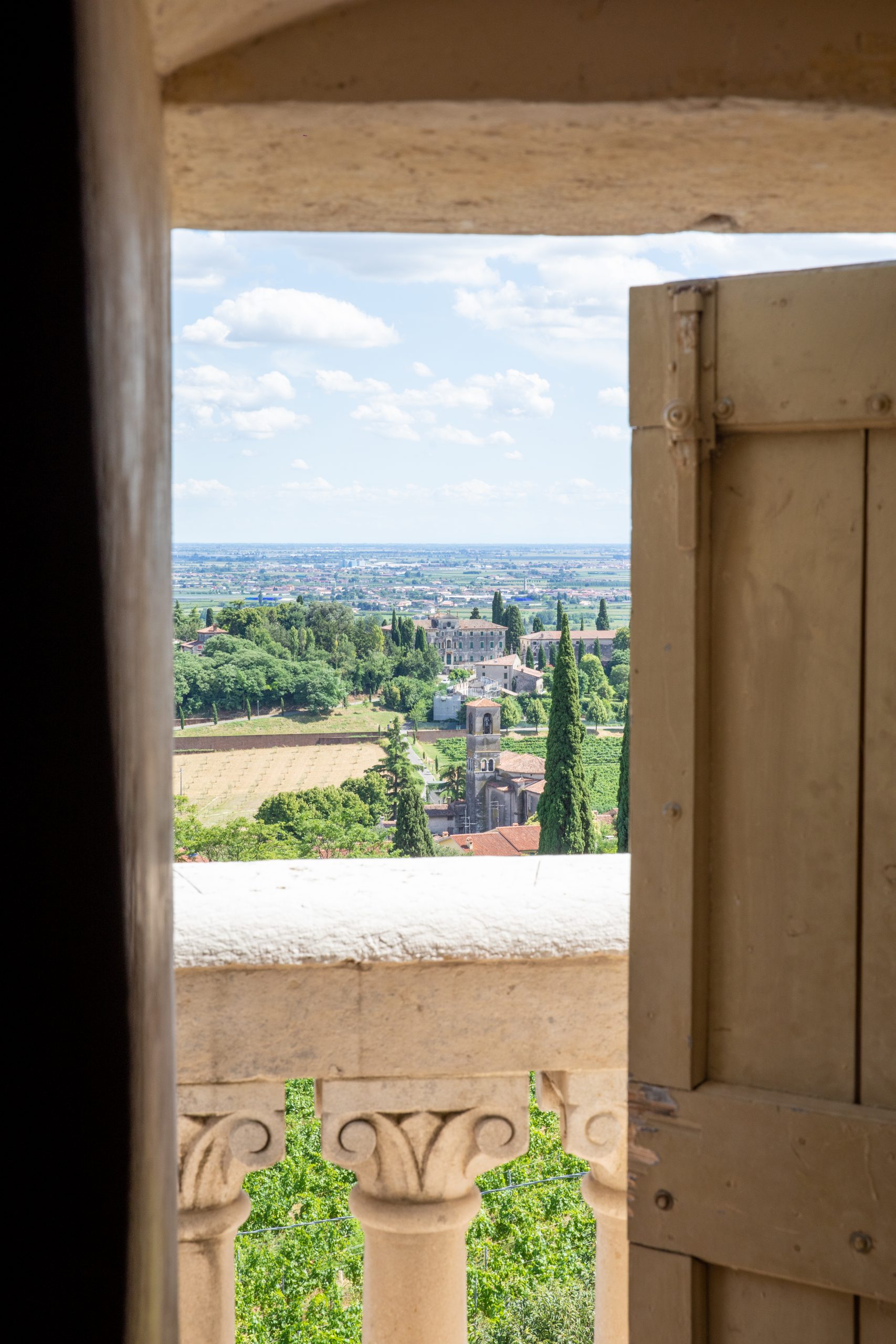
The history
Custoza, the small hamlet of Sommacampagna that lends its name to the DOC, sits among hilltops nestled between Verona to the east and the Prealps to the north.
A historic town, it has become famous for being the battleground of two crucial events during the wars of the Italian Risorgimento.
It is located in the south-western part of the Garda morainic amphitheatre, a strip of hills originating from glacial deposits that occurred in the Pleistocene and developed between the city of Verona and Lake Garda. The southwestern border of the production area is drawn by the river Mincio.
The region is defined by its history. The first evidence on the domestication of vines in the current production area of the Custoza DOC are documented by the discovery of Vitis Silvestris grape seeds from the pile-dwelling period in the Pacengo and Peschiera area, while the first testimony of vine cultivation dates back to Roman times.
In the twentieth century, Custoza was included among the best wine areas in the western portion of the province of Verona in a 1939 study conducted by the Experimental Viticulture and Enology Station of Conegliano, demonstrating the oenologic vocation of the area.
The Consortium for the Protection of Custoza was born in 1972, designed to safeguard and promote the heritage of this splendid vine-growing area, whose historical boundaries have not changed since the year the DOC was founded.
The Consortium celebrated its 50 year anniversary in 2021, marking the occasion with national and international masterclasses, both in person and digitally, with high-profile professionals. Classes reached operators and media in Italy, England, USA, Canada, Europe and Japan.
“2021 was a complex year, we had to face it with all our commitment and will,” says president Roberta Bricolo. “Despite this, it was a positive year in which knowledge of Custoza wine and the perception of its value grew.
“The 50th anniversary of the appellation was an opportunity to restart and make our wine known and appreciated both in Italy and abroad,” she adds.
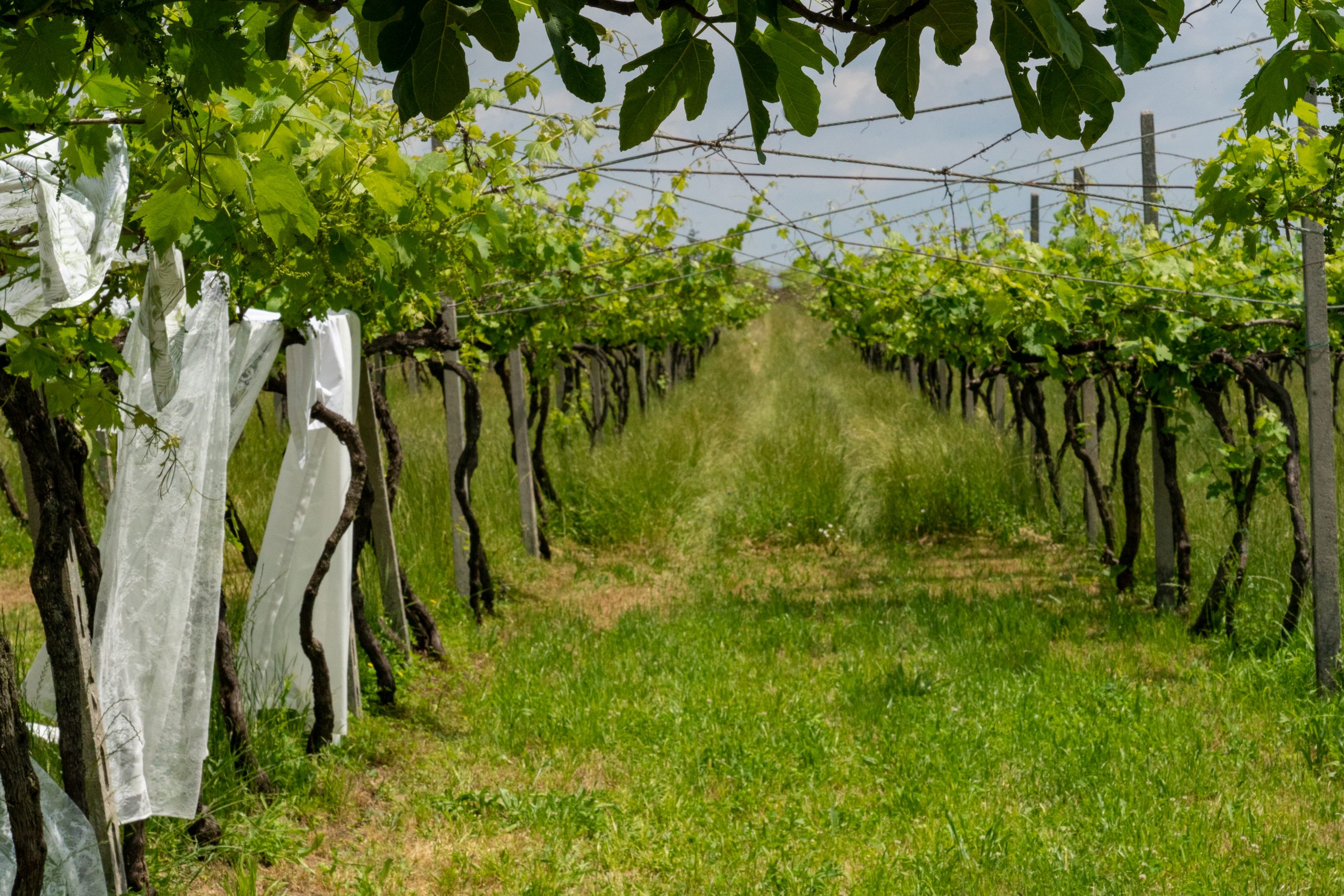
The region
Sustainability and territorial identity are the key pillars of Custoza. In virtue of the high share of representativeness of the Consortium – standing at about 90% in respect to the total of the designation – it has obtained the erga omnes recognition.
The designation includes nine municipalities: Sommacampagna, Villafranca di Verona, Valeggio sul Mincio, Peschiera del Garda, Castelnuovo Veronese, Sona, Bussolengo, Pastrengo, Lazise.
The morainic landscape that characterizes the production area of the Custoza DOC is marked by a dense series of elongated hills, arranged in a concentric and predominantly gentle pattern, with gradients generally between 50 and 100 meters. These hills, made up of deposits left by the glaciers that formed the nearby Lake Garda, have extremely varied and variable soils, rich in skeleton, interspersed with large gravel plains and typical deposits of smooth rocks.
The mixture of clay and gravel guarantees drainage and avoids water stagnation; the predominantly calcareous composition of the soil gives the grapes all their typical mineral component and characterizes the wines with unmistakable sapidity.
Hot but not sultry summers and relatively cold winters characterise the climate of the Custoza DOC, tempered by the proximity to Lake Garda, which creates a microclimate favourable not only to the cultivation of the vine, but also to the growth of the olive tree and the cypress, both typical presences in the environmental profile of the area.

Sustainability
For over two decades, the Consortium has been promoting the adoption of integrated pest management techniques, favouring organic and eco-sustainable cultivation methods.
Sustainability has always been at the heart of the Custoza production ideal.
“For almost 30 years our Consortium has been offering specialised viticultural technical assistance for the cultivation of vines using integrated pest management techniques, to minimise the use of plant protection products and limit the environmental impact of viticulture,” Bricolo explains.
Mechanical technologies are used to contain weeds, avoiding the use of herbicides, and more than 35% of the Custoza vineyard area is cultivated under organic certification or SQNPI, with sustainable techniques.
Constantly looking to make improvements, the Consortium has been running agronomic courses to train producers in the most modern and up-to-date techniques of sustainable viticulture since 2021, and is accompanying the wineries on a path to environmental certification.
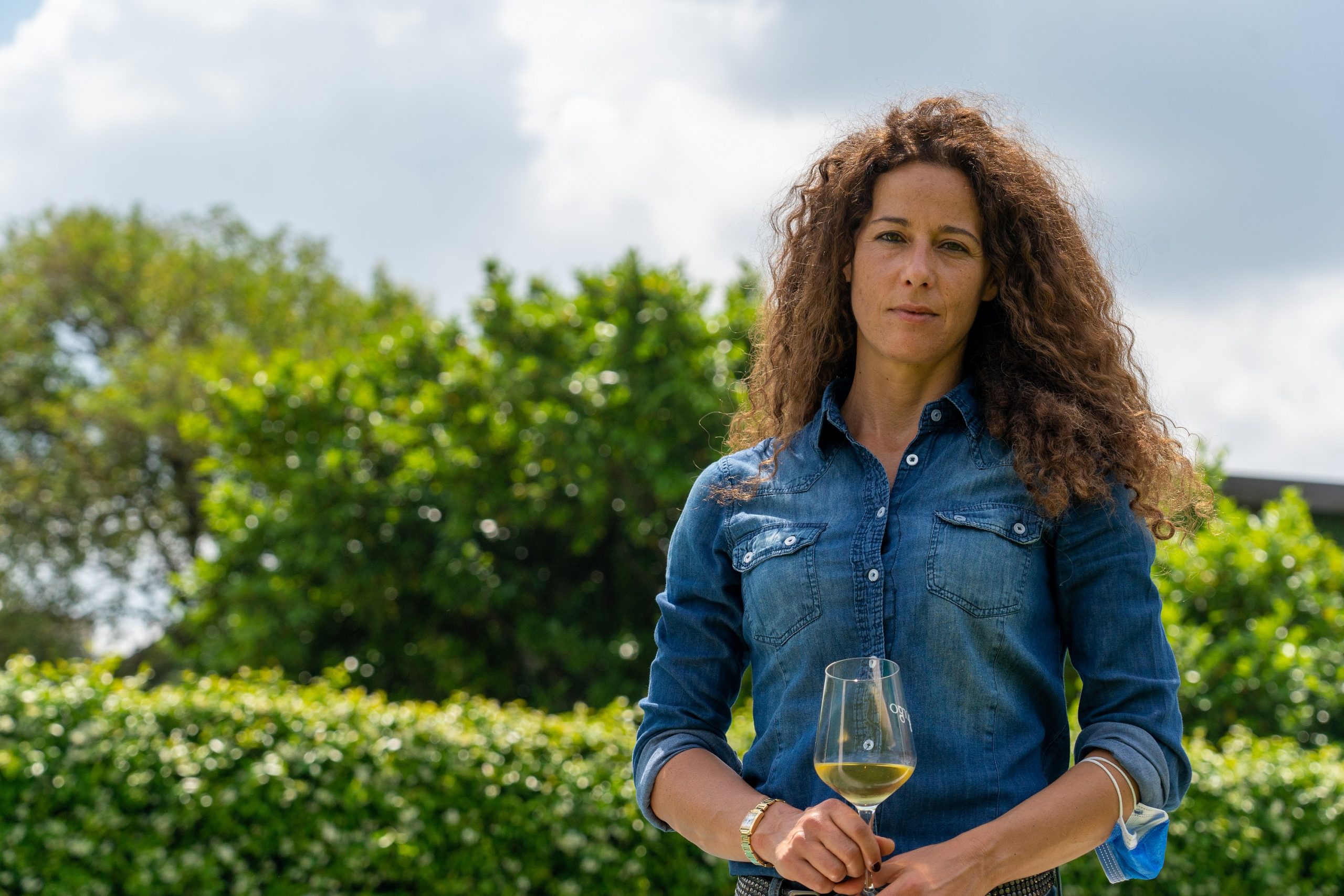
The wines
Custoza DOC can only be produced from grapes from vineyards on the hills and foothills of the municipalities of its nine municipalities.
Fruity aroma of Garganega, the characteristic color of Trebbianello and the slightly aromatic scents of Bianca Fernanda, as well as the peculiar characteristics of the other white grape varieties define the grapes grown in this area.
According to the guidelines, Custoza DOC is obtained from at least 70% of the three symbolic local grapes: Garganega, first mentioned in 1495 by De Crescenzi, Trebbianello (a local biotype of Friulian Tocai, present in Veneto and Friuli as early as the eighteenth century and corresponding to the French Sauvignonasse) and Bianca Fernanda (a local clone of Cortese).
The Custoza production is around 130 quintals/ha for the Custoza DOC and 120 quintals/ha for the Superiore. The wines included in the DOC are Custoza, Custoza Riserva, Custoza Superiore, Custoza Spumante and Custoza Passito.
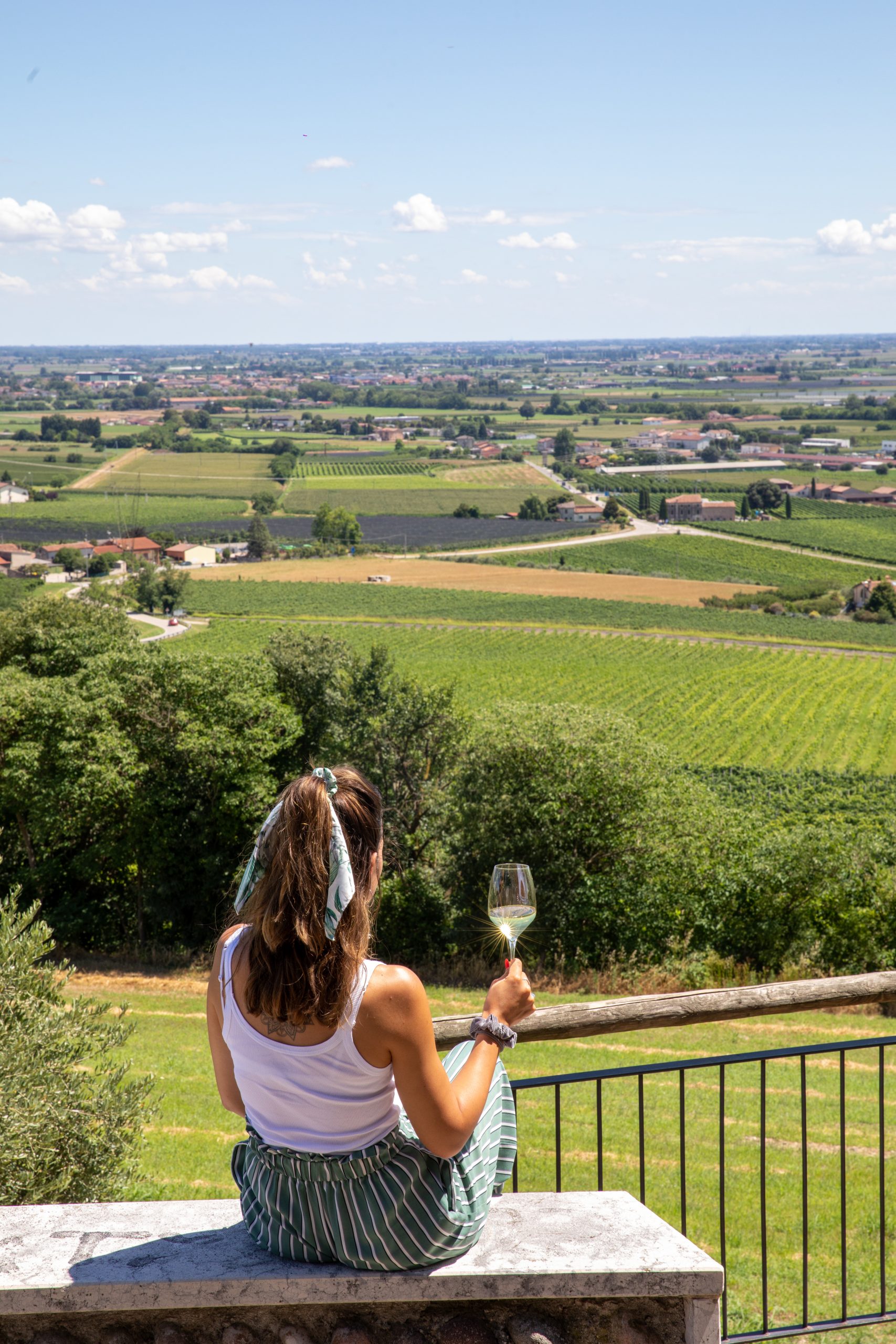
The culture
Local culture and history are fundamental to Custoza.
From a historical point of view, the Custoza lands were the scene of the most important wars of independence fought in Italy (1848-1866), of which there are monuments and historical references.
Located 10 minutes from both Verona and Lake Garda, Custoza’s strategic position is key to tourism in the region, which is dotted with theme parks, gardens, paths, nature trails, extremely close to cities of art.
“The rich gastronomic tradition of our territory with which Custoza is blended every day makes it ideal for welcoming tourists and wine lovers,” Bricolo says.
Local culture blends with winemaking to produce the “uniqueness” of Custoza wines. Bricolo says: “The culture and wisdom of our producers in knowing how to create a special wine with the art of blending indigenous grapes grown in a unique terroir, where the morainic soils combine with a Mediterranean climate, is our uniqueness.”
Five Gold and Silver medal-winning Custoza wines
Tasting notes provided by Patrick Schmitt MW, following The Drinks Business Autumn Tasting.
Azienda Agricola Tamburino Sardo di Fasoli, Custoza Superiore La Guglia DOC, 2018 – Gold in The Autumn Tasting 2021
A white with a deep lemon yellow appearance, and a touch of honey on the nose, suggesting a wine with some maturity. There’s also peach and orange blossom, while the palate has some notes of toast, like aged Semillon, then a touch of bitter almond and citrus, beeswax and orange zest. Texturally, this is light in body and alcohol but with lots of flavour and freshness, and has a persistent finish with a fine coating of dry tannin, giving a stone-like character too.

Seiterre, Custoza DOC, 2020 – Silver in The Autumn Tasting 2021
A pale lemon yellow wine with a delicate fresh youthful nose of lemon, apple and touch of pear. The palate also mixes notes of citrus, apple and pear fruit, in this clean, light, fresh, dry, balanced, simple but refreshing and well made white; good value too.
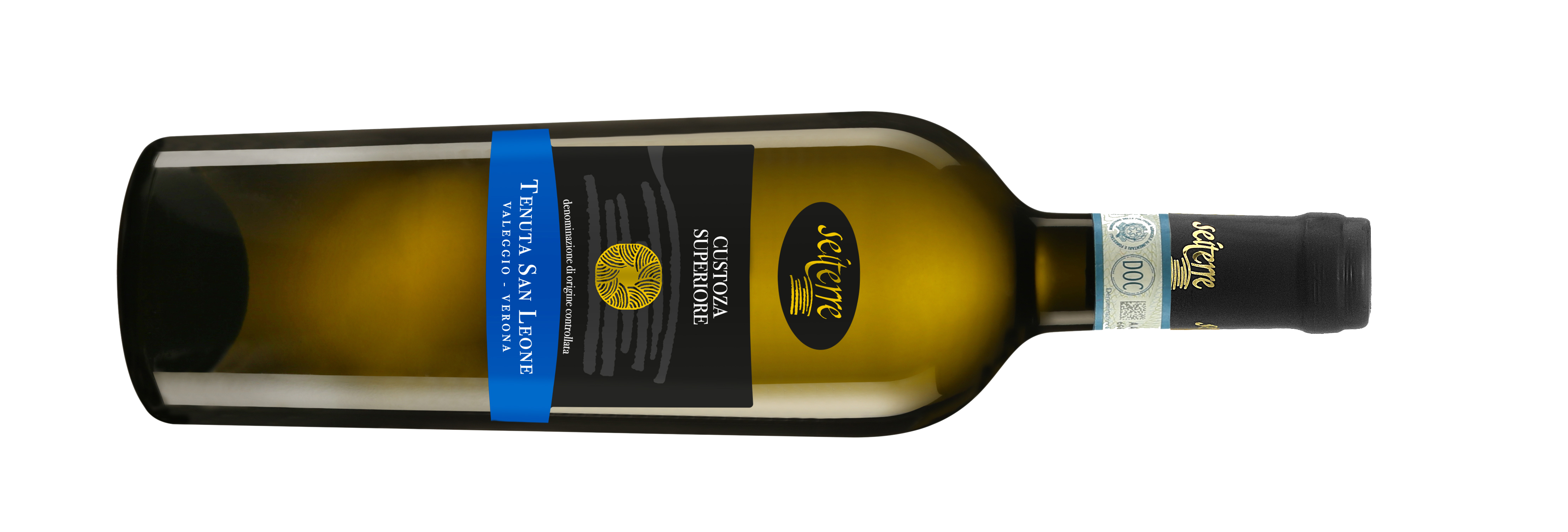
Agricola Cottini, Bianco di Custoza Tenuta La Falcona DOC, 2020 – Silver in The Autumn Tasting 2021
Pale lemon yellow, with pear, and citrus aromatics, and some fresh apple. Palate has some textural weight, being slightly oily, with some ripe pear, then crisp apple and citrus on the finish, which is a touch salty, dry and gently phenolic. This is a bright, good-value, unoaked, fresh white with some character.

Monte del Frà Az. Agric., Cà del Magro Custoza Superiore, 2019 – Silver in The Autumn Tasting 2021
Lemon yellow, with ripe aromatics comprising peach and honey. The palate has depth, a bit of oiliness, with flavours of peach and pear, then fresh apple and salt. Some gentle tannin gives a dry stone-like edge. A good wine with a lovely persistent finish.
